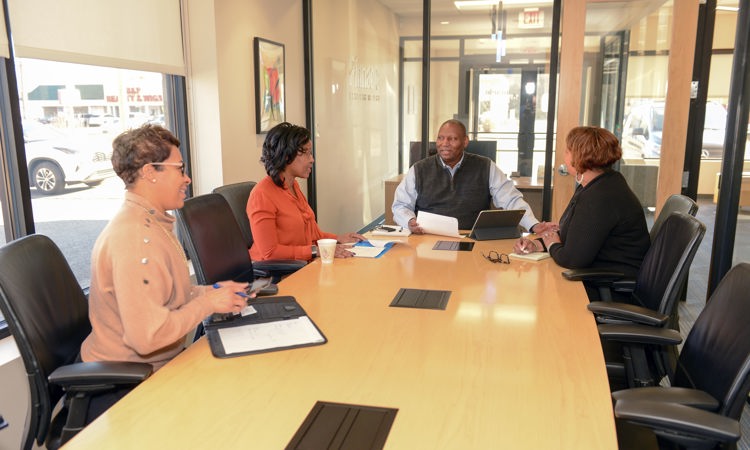Safe Deposit Boxes: The Ins and Outs
It’s one of the oldest and most basic services a bank can offer, and maybe even one of the most valuable.
Safe deposit boxes are all about physical safety. They go several steps beyond a home safe because they are essentially built to give the highest level of security to your most important items. Can you think of any place safer than a bank vault? What would you keep in there?
The points below may answer some of your biggest questions.
Fire Safe vs. Safe Deposit Box
Keeping a fire safe in your home is a great idea. It’s easily accessible and much more secure than hiding things in your sock drawer. Home safes are ideal for low-level valuables you need ready access to, but they’re not fool proof. They may be rated for fire resistance, but do you trust it to be 100 percent effective against heavy flames? The secure lock keeps burglars out, but it won’t stop them from walking away with the whole thing and finding a way to break it open later.
A safe deposit box, on the other hand, is offsite and offers the same security the bank gives to its own assets. It sits locked in a vault waiting for you to open it with a key only you possess. Few places have more security measures in place than your bank office. You can trust them to protect anything you own.
What to Keep in vs. What to Keep out
Keep in: Anything that can’t be replaced (easily).
- Home deeds, car titles, valuables, heirlooms, paper stock and bond certificates, original birth and marriage certificates
- It’s also a good idea to keep digital documentation of your home and valuables for insurance purposes. A safe deposit box is the perfect place for that.
Keep out: Anything you need access to at a moment’s notice – or that someone else might need emergency access to if you’re incapacitated.
- Passports, cash, original copy of your will or living will, power of attorney documents, medical or estate instructions
- Also don’t keep firearms or other dangerous items in a safe deposit box. They’re not allowed, and it’s just not a good idea.
Remember that you can only access your safe deposit box during bank hours. If there’s any scenario where you wouldn’t be able to wait to get to it, like a passport for an emergency trip or a living will for a medical event, it should probably stay at home.
Benefits vs. Costs
The biggest benefit, of course, is security. Think about how many security measures are in place at your local bank office: a vault, cameras, motion sensors, top-tier door locks and more. The bank will verify your ID before you can even get in the same room as your box, and then you can only open it if you have the key, which only belongs to you.
For that level of security, the cost is minimal. Your bank office can give the details, which vary depending on the size of the box.
Keeping it Safe vs. Taking Precautions
If it’s in your safe deposit box, it’s safe. The bank isn’t going to let anything happen to your valuables in the box. Scratch that worry off your list. But keep in mind that items in your safe deposit box are not covered by the bank’s FDIC insurance. So you still need the added protection that insurance can bring.
Heirloom jewelry is a great example. Just because it’s in a vault doesn’t mean it shouldn’t be insured. After all, it won’t stay in the box forever, and when you do take it out, it needs to be protected.
You should also make sure there’s a process in place for someone else to access your box when you die or if you are incapacitated. Spell it out in your estate instructions to save your executor a lot of time and effort.
Michelle Carr is the office leader at Pinnacle Financial Partners’ Farragut office in Knoxville, TN. She can be reached by phone at 865-766-3071 or by email at Michelle.Carr@pnfp.com.
